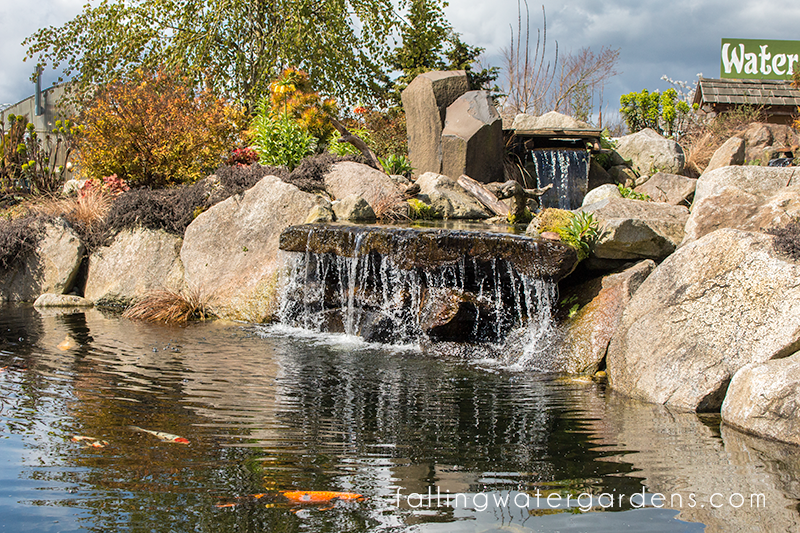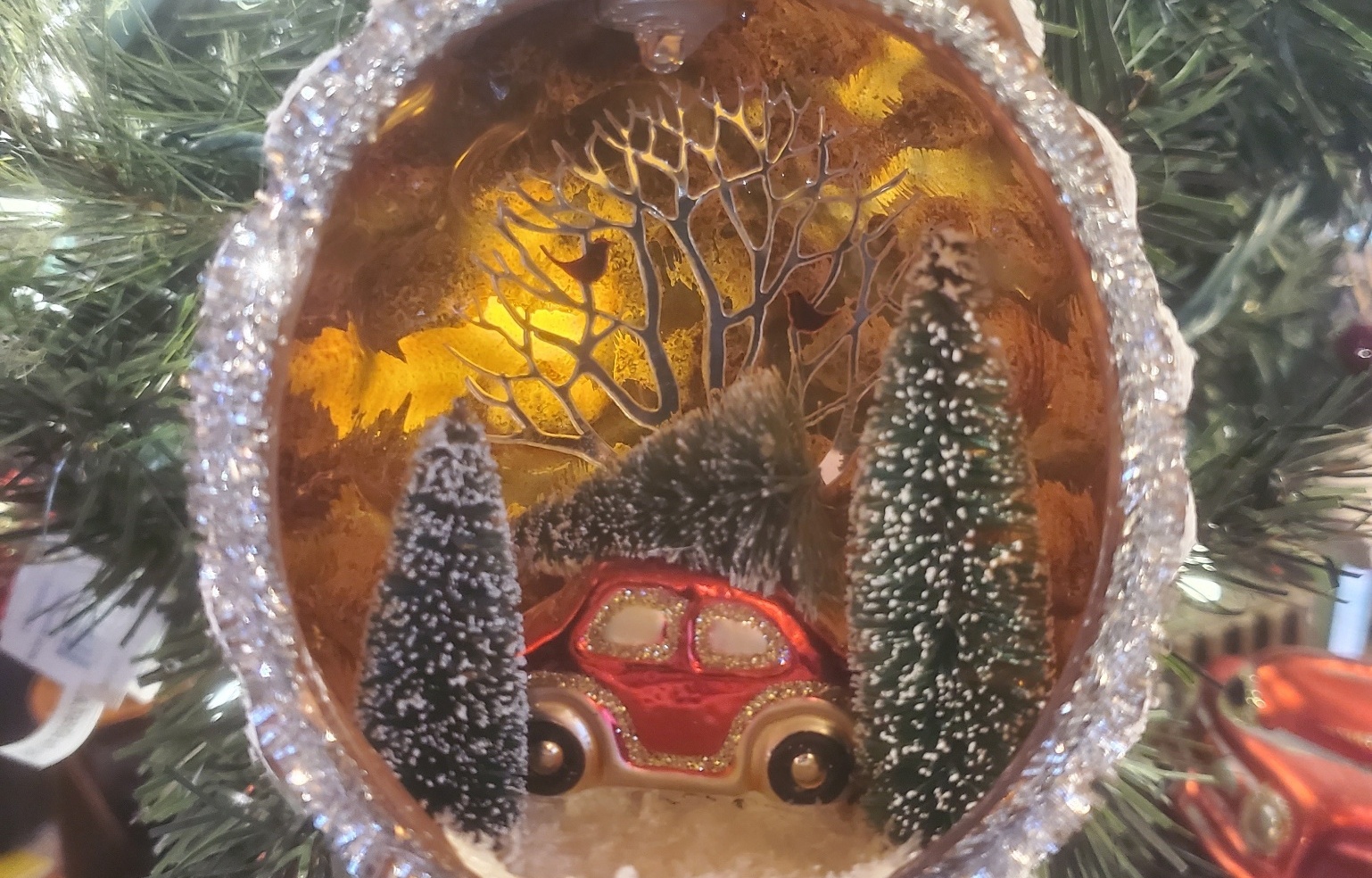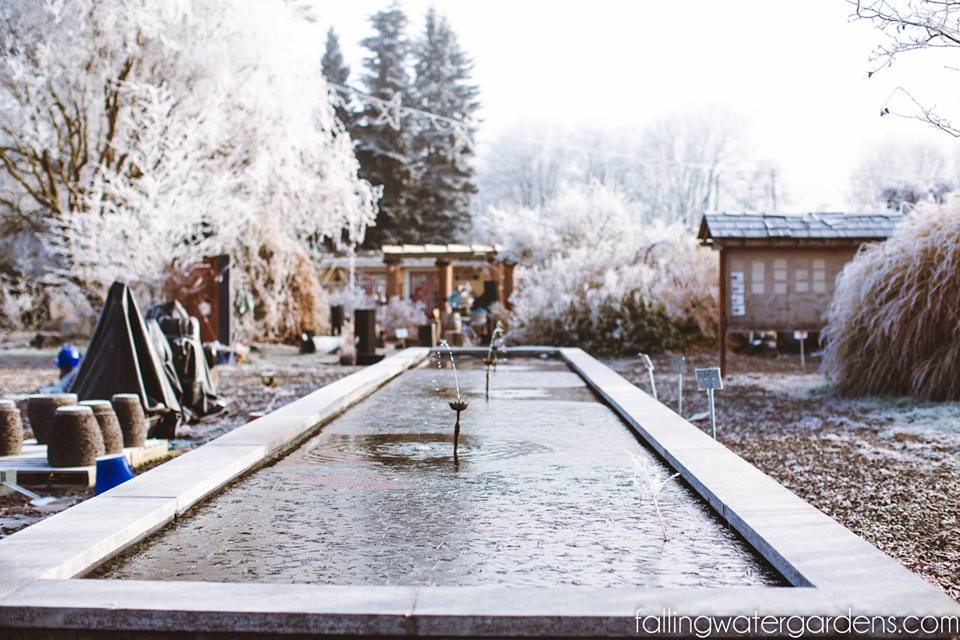Addressing a Failing or Faulty Pump
T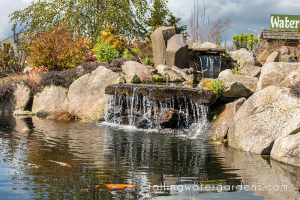 here are many reasons your pump may be working poorly or not at all. Let’s help you to troubleshoot your problem.
here are many reasons your pump may be working poorly or not at all. Let’s help you to troubleshoot your problem.
First start with a quality pond pump. Pond pumps are designed to run 24/7 for many years without problems. You may be tempted to pick up a less costly sump pump from a big box store but sump pumps are designed to start and stop after only running for a minute or two. They are not designed to run continuously so they tend to fail more often. If you replace a sump pump every year you’ll pretty quickly outpace the cost of a quality pond pump.
A common sign that your pump is failing is if your GFCI keeps tripping. Pumps are water cooled and if they get clogged up with debris they work extra hard to push the water and will overheat. When they overheat the seal between the two halves of the pump will warp and a tiny bit of water will enter the pump. Your GFCI will recognize the leaking electricity and shut off the power.
If you are constantly resetting your GFCI it’s time for a new pump. It is no longer economical to repair a submersible pump so you just buy a new one.
Your pump may not be getting any power. Check the circuit breaker and GFCI outlet to make sure neither of them is tripped. You can test the electrical source by unplugging the pump and try a different electrical appliance in the outlet. If any appliance causes the GFCI to trip or the GFCI won’t reset with nothing plugged into the outlet it’s time for a new GFCI. If a different appliance can be run on the outlet but the pump makes the GFCI to trip then you need a new pump and not a new GFCI.
If your pump is on the bottom of your pond make sure that it is not clogged with debris. A good hint is to set the pump on a brick or rock a few inches off the bottom of the pond and that will reduce the clogging.
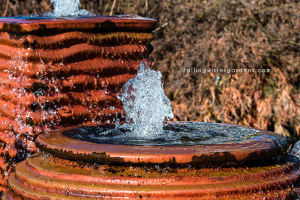 If your pump is in a skimmer make sure that the net or filter matting is clean and that the pump is not sucking up debris on the bottom of the skimmer. If a skimmer is really dirty the pump will pump out the water faster than it is rushing into the skimmer. This will cause the pump to overheat and the seal to fail as mentioned above.
If your pump is in a skimmer make sure that the net or filter matting is clean and that the pump is not sucking up debris on the bottom of the skimmer. If a skimmer is really dirty the pump will pump out the water faster than it is rushing into the skimmer. This will cause the pump to overheat and the seal to fail as mentioned above.
If your model of pump allows it, remove the filter screen and clean and inspect the impeller. It should be free of any debris.
If you have a pressure filter make sure you are back-washing it regularly. If it gets too impeded with debris the pump will have to work extra hard to push water through it. This can cause the pump to overheat.
It is easy to forget to check your pump periodically so it’s a good idea to put your maintenance schedule on a calendar in order to keep things running properly.
Remember to always isolate the power before maintenance to avoid electric shock. You should read the manufacturer’s instructions for each pump’s requirements.
Eventually pumps fail, but if you are consistent with maintenance you will be sure to extend its life.
Need to calculate the gallons of your pond?
Simply multiply the average length x the average width x the average depth x 7.5 and the result will give you the number of gallons. Easy! And now you know.
Remember to always isolate the power before maintenance to avoid electric shock. You should read manufacturer’s instructions for individual pumps requirements.
There are no two ways about it, eventually pumps fail. It’s not uncommon for a pump to burn out every few years, but if you are consistent with maintenance you will be sure to extend its life.

